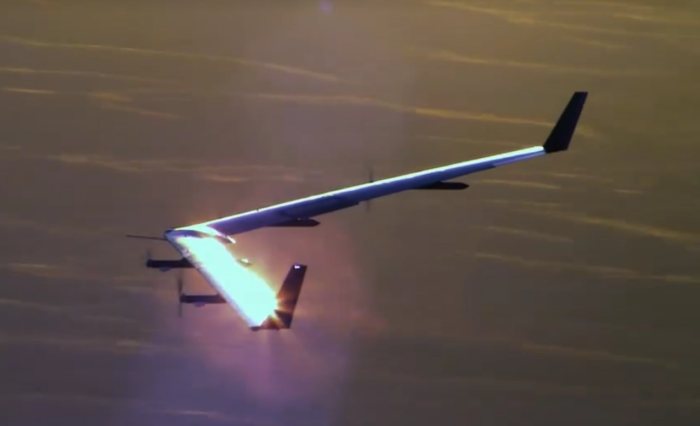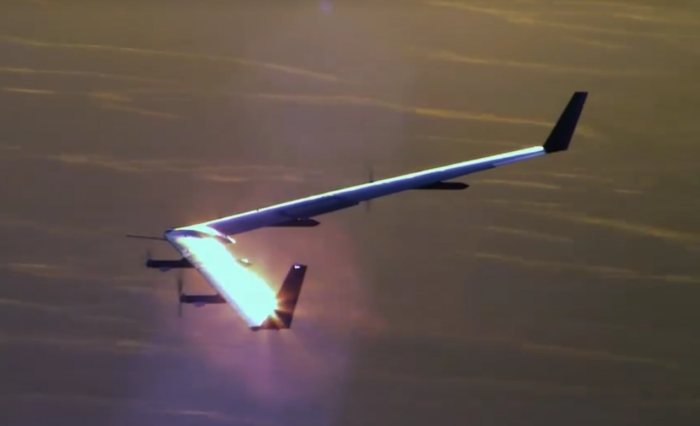Facebook CEO Mark Zuckerberg announced a couple of days ago that the company's Aquila drone had successfully completed a test flight in late May.

The latest test saw the Aquila drone, which has a wingspan greater than a Boeing 737, fly 1 hour and 46 minutes over a desert area in Arizona; followed by a smooth landing.
Facebook's Aquila project aims to build a network of huge solar powered high-altitude planes capable of staying airborne for up to 90 days at a time; with each able to beam broadband coverage to a 100 kilometre-wide area. On-board communications systems will use lasers to transfer data between craft far faster than existing systems - data rates in the tens of gigabits per second range.
Mr. Zuckerberg said the latest test provided plenty of useful data that will be analysed in order to inform further development of the craft.
"When Aquila is ready, it will be a fleet of solar-powered planes that will beam internet connectivity across the world," said Mr. Zuckerberg " Today, more than half the world's population -- 4 billion people -- still can't access the internet. One day, Aquila will help change that."
Providing connectivity to underserved areas can be an expensive and complex task, with operators needing to implement infrastructure requiring land use permissions, equipment, fiber/microwave links and access to sufficient, reliable power to run it all.
Satellite services can also be prohibitively expensive given many remote areas around the world are also impoverished - people simply can't afford satellite broadband equipment and plans. However, many in developing nations already have an internet enabled cell phone and all they need is an affordable service they can hook into.
In June last year, Aquila had its first test flight. What wasn't mentioned at the time was the aircraft sustained significant damage when landing. According to a National Transportation Safety Board report published late last year, the crash was caused by:
"a structural failure of the wing as a result of exceeding the airspeed envelope due to wind gusts which were beyond the capabilities of the autopilot. Contributing to the accident was an insufficient amount of drag to track the glideslope in the presence of atmospheric disturbances."
The drone impacted the ground at a groundspeed of around 45 kilometres per hour.
Further details on the Aquila project can be viewed here.



